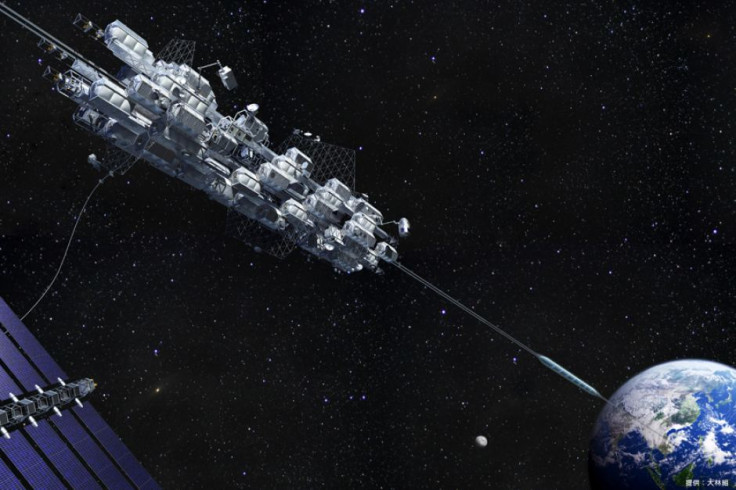Space Elevator Planned by Japanese Engineers for 2050

A Japanese construction firm has announced it plans to have an operational space elevator in service by 2050.
Obayashi Corporation said the construction would dramatically reduce the costs of space travel and could bring an end to Earth-based rockets.
The possibility of a space elevator, which was first suggested by Russian scientist Konstantin Tsiolkovsky in the 19th century, has been brought closer to realisation due to recent advancements in carbon nanotechnology.

"The tensile strength is almost a hundred times stronger than steel cable, so it's possible," Yoji Ishikawa, a research and development manager at Obayashi, told the Australian Broadcasting Corporation.
The project would involve tethering a purpose-built space station to the surface of the earth using a cable made of carbon nanotubes.
At 96,000km in length, it would take robotic cars one week to carry astronauts or cargo up to the space station.
Before this can happen, though, more advances need to be made in the field. Obayashi has also suggested a project of this scale would need to be realised with international cooperation.
"Right now we can't make the cable long enough. We can only make 3cm-long nanotubes but we need much more," Ishikawa said. "We think by 2030 we'll be able to do it.
"I don't think one company can make it, we'll need an international organisation to make this big project."
There has been wide-spread interest in a space elevator for a number of years, including from Nasa. It is estimated that ferrying one kilogram of cargo into space would be reduced from the current cost of $22,000 (£13,000) to just $200.
Obayashi claims such a drastic reduction in price could also have major implications for the future of space tourism.
© Copyright IBTimes 2025. All rights reserved.






















